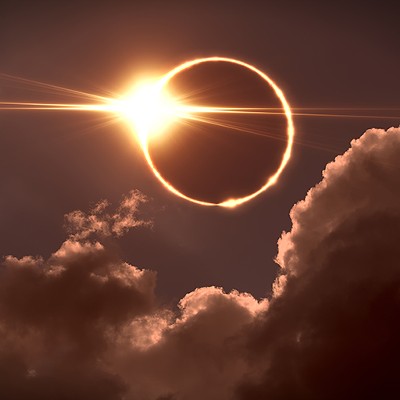2023’s annual Perseid meteor shower has arrived and conditions including modest waning moonlight promise hopeful viewing.
Oklahoma summers are marvelous for stargazing – as the heat eases with the setting sun, stunning celestial sights break forth — and this perennial celestial event is no exception.
Partly cloudy skies with a 20 percent chance of late night storms and overnight lows in the mid-70s are expected during peak Oklahoma viewing Aug. 12 and 13.
This year’s forecast conservatively calls for up to and possibly over 120 shooting stars per hour. When the constellation Perseus is overhead during predawn hours, those who choose to wake early rather than stay up may be awarded bonus catches. Peak nights, I’ll not be sleeping at all.
While observation improves away from city lights, urban areas offer abundant wonders aside from the meteor shower this time of year. Red giant Arcturus is the brightest star in our summertime sky, overhead at dusk and unmistakably orange-hued, while blue-white Vega blazes simultaneously to the east. With companion blue-whites Altair and Deneb below, Vega completes the “summer triangle.” Sprawling constellation Scorpius rises in the south around this time, well-defined with readily apparent head, body, and tail. All are visible in our larger cities.
Polaris, the North Star, is dimmer than our brightest and can be challenging to locate when competing with artificial illumination. But there’s a trick to it; the Big Dipper points the way. Follow the two stars at the far end of the dipper’s bowl — opposite its handle — from bowl bottom to top; measuring seven or so lengths directs our view straight to Polaris, around which all other heavenly objects appear to spin.
About 15 minutes suffices to accustom our eyes to a dark sky – a bit of patience pays off with far more intense viewing. While flashlights and dazzling phone screens serve to get us to our destinations and appreciate the rewards we reap, a mere bit of artificial brightness resets our vision to normal allowance.
Sudden summer storms aren’t unheard of around these parts and water-repellent gear may just save the day and a pair of binoculars will enhance gazing.
Oklahoma City Astronomy Club and Science Museum Oklahoma present stargazing events throughout the remainder of summer and registration for OCAC’s Okie-Tex Star Party this September near Black Mesa in the Oklahoma panhandle remains open, with hundreds of visitors gazing and gallivanting annually.
Regarding Perseids … We’re all familiar with shooting stars, yet we often confuse the terms “meteor,” “meteoroid,” and “meteorite.” The only difference between these is the object’s location.
Most meteoroids are simply bits of dust or rock no larger than grains of sand traveling through space at high speeds relative to Earth, though some may be bulkier. When meteoroids make contact with our atmosphere their velocity causes friction which creates heat. This disturbance produces a glowing streak – a meteor. What we observe as a shooting star is not the vaporization of the meteoroid itself but rather the effect produced by this superheated air.
Occasionally a meteor of sufficient size survives to land on Earth’s surface, becoming a meteorite. Think space=meteoroid, atmosphere=meteor, land=meteorite. Perseid meteoroids originate from Comet Swift-Tuttle, an object roughly the size of the asteroid responsible for erasing all life larger than carry-on luggage – including the great dinosaurs – 66 million years ago.
Get outside and get to viewing these awe-inspiring heavenly delights. Here’s to clear skies and happy wishing.













